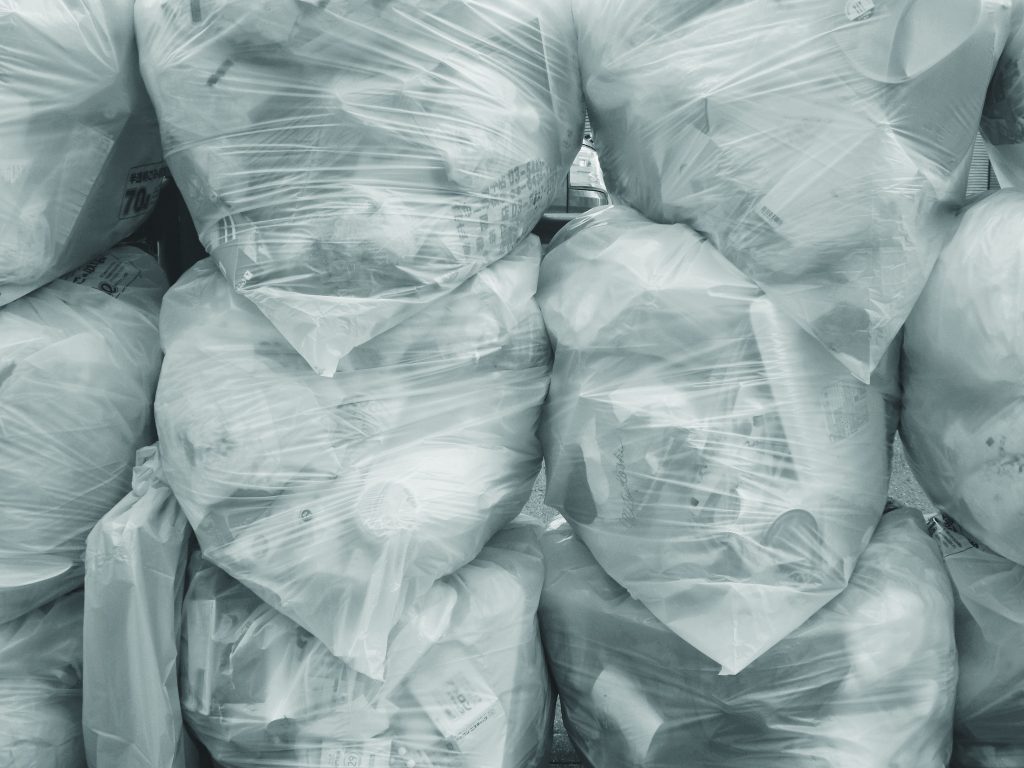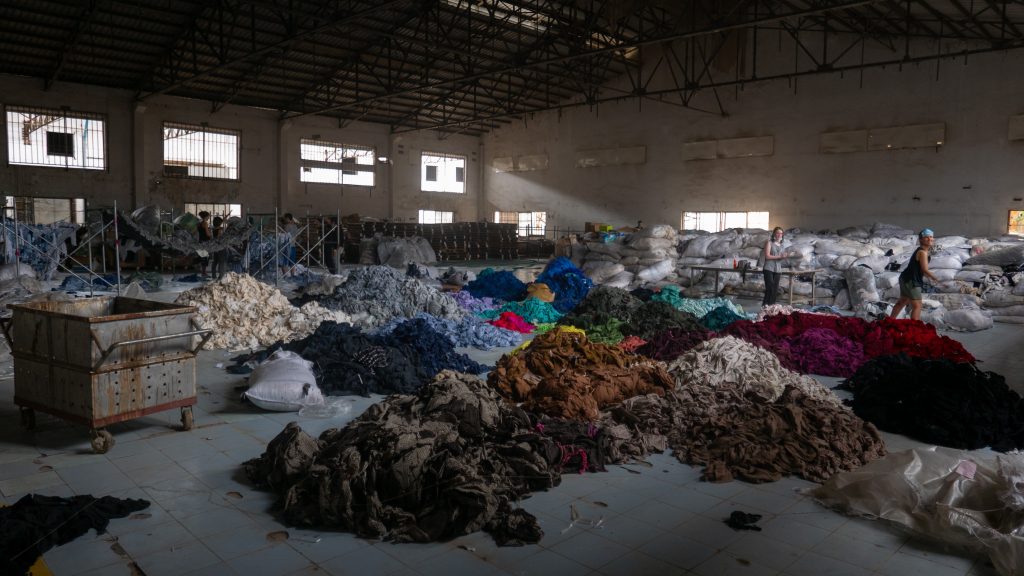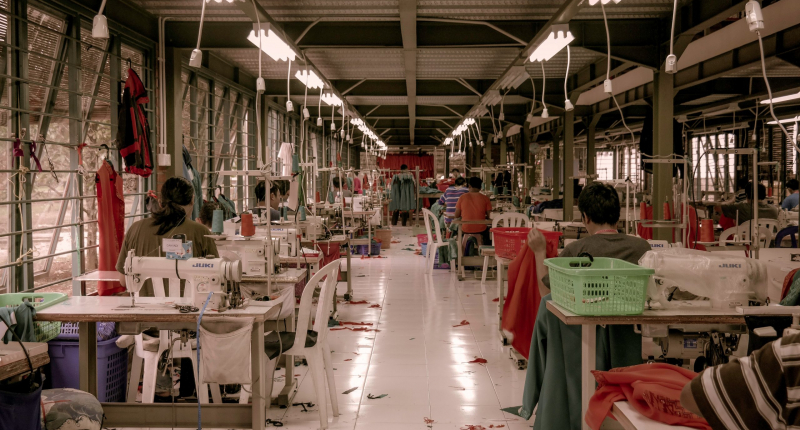Fast fashion is a business model that’s worth approximately 2.5 trillion dollars today. It’s a business model that consists of the endless cycle of new fashion trends popping up, taking advantage of underpaid workers to mass produce garments and clothing, just for them to be thrown away for the next trend.
Over the last decade, its prominence in the fashion world has gained tons and tons of attention. Both the good and bad. Fast fashion may seem like a good choice for younger consumers who are on a tight budget, but the environment and human rights violation around the corner puts an incredibly bad image on it. And for good reason.

The production of fast fashion is at the expense of the underpaid labourers that are living under the poverty line every single day. Their rights are miniscule, and there is no room for any of them to protest for better conditions and pay. Most workers are in desperate need of money and, therefore, they have to turn to such low-wage jobs such as this; no worker can afford losing their job due to some pushback. Majority of sweatshops take place in locations where labour is cheap, such as third-world countries like Bangladesh or India, and therefore weak labour laws are in place. Managers are quick to terminate those who don’t obey the rules, since they have more workers to bring in anyways.
Along with the inhumane conditions, many of the practices done in these sweatshops are both exploitative and dangerous. Workers are forced into cramped sweatshops with barely any ventilation, and are being surrounded by toxic chemicals without the proper and necessary personal protective equipment. Many workers are being exploited by loopholes in the law, therefore making them work illegal overtime. Working sixteen to twenty hours a day is not uncommon.

Last but not least, the degeneration of the environment is much less obvious. One singular sweatshop cotton shirt can take up to two thousand litres of water just because of how wasteful the methods are. The water polluted by fast fashion is always dumped back into the rivers and seas, endangering the citizens who rely on those supplies.
It’s not only the production of clothing that is environment degeneracy, it’s the aftermath as well. In 2022, around two million tons of clothing and textiles landed up in the landfill, many of those garments were underworn and would have lasted longer if the owner didn’t throw them away.
Fast fashion is an iceberg which has way too many secrets hidden beneath the water. It’s both dangerous to our environment and to our people. Think twice before buying that piece of clothing from Shein.
16th May, 2023
Emma Li









